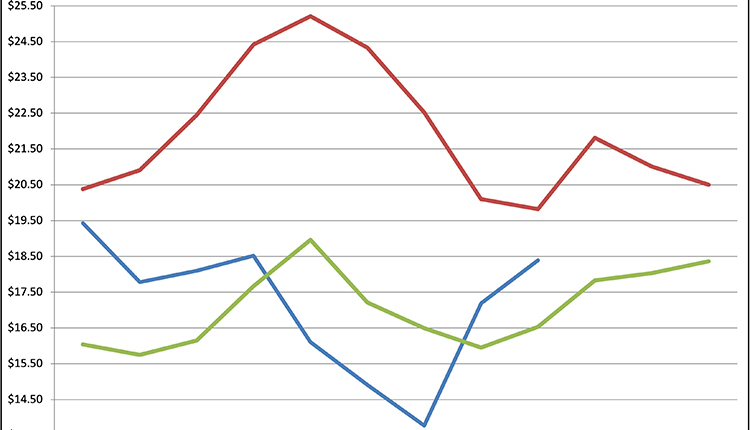
by Amanda Smith, Associate Editor
An invasive pest from Asia, the brown marmorated stink bug was first identified in Pennsylvania in 2001. Since that time, it has spread throughout the Mid-Atlantic region. The bug causes damage to a variety of crops, including corn. Dairymen wondered if cows that ate corn silage contaminated with stink bugs would produce off-scented milk. This prompted research from the USDA's Agricultural Research Service.
Silage and milk samples taken from six dairies that reported having a high infestation of stink bugs (30 to 100 bugs per plant) or low infestation pressure were assessed for prevalence of bug secretion compounds. The researchers were looking for two primary components, tridecane and E-2 decenal, which is the odor-causing compound.
Scientists were unable to find any significant changes in silage composition or detect the odor-causing compounds, said Ransom Baldwin, the project's lead researcher. Producers reported no noticeable changes in intake or production when the silage fed was known to be from infested corn.
Next, they examined the effects ensiling has on stink bug odor by putting stink bugs and chopped corn into plastic bags. They noted that the ensiling process resulted in a loss of the odor-causing compound, demonstrating that the compound disappears before cows eat silage. The tridecane concentration did not change with fermentation. Thus, the nonodorous tridecane may serve as a marker for assessment of infested corn silage.
Finally, a large dose of synthetic stink odor compound was infused directly into the rumen twice daily for three days. Researchers could not detect the compounds in the cows' milk, urine or rumen fluid. The rumen appears to be able to detoxify the compounds, noted Baldwin. Concern over odor compounds contaminating the milk supply is not warranted, he continued.
(c) Hoard's Dairyman Intel 2015
January 12, 2015








